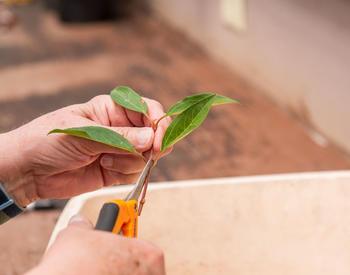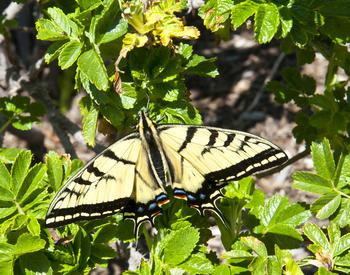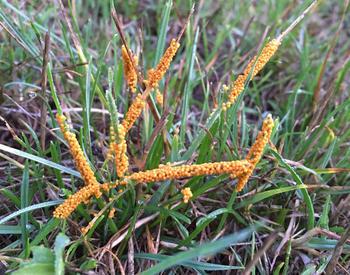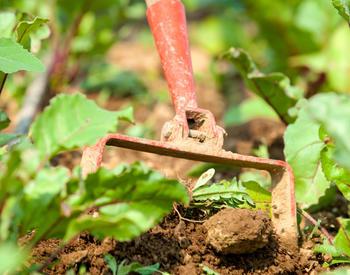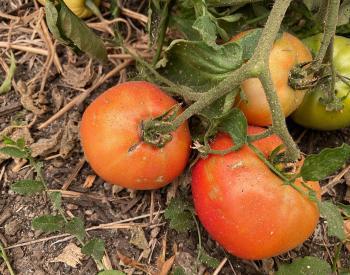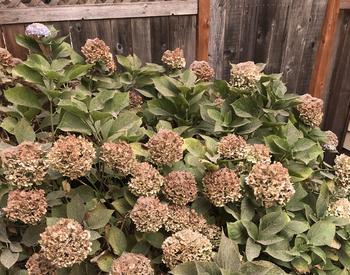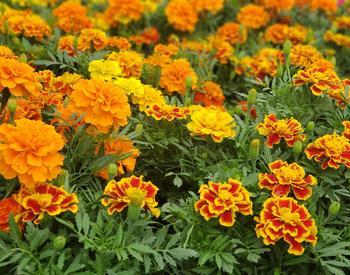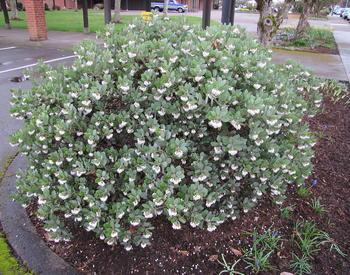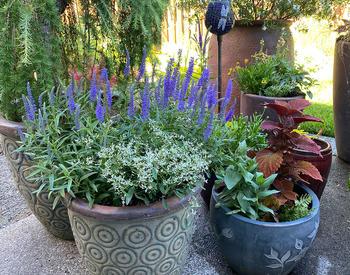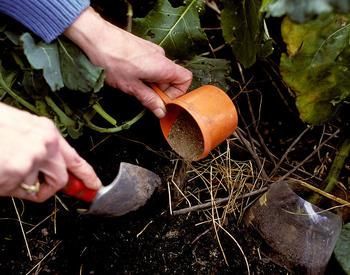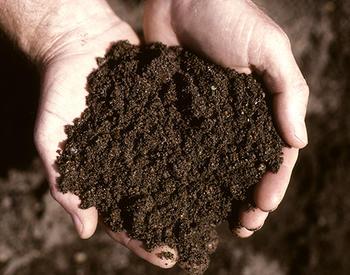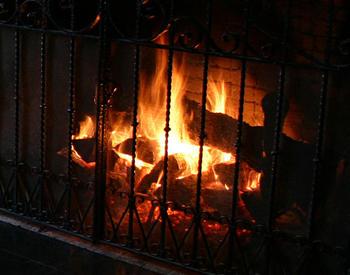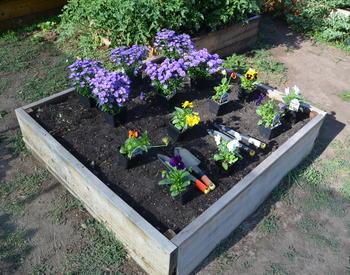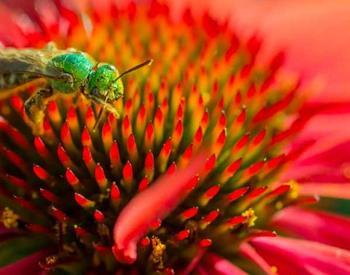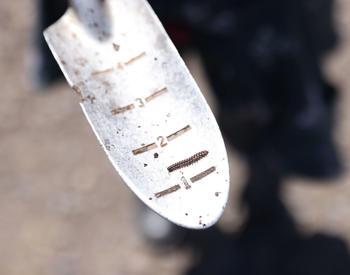Staggered plantings several weeks apart throughout the growing season is one method of increasing yield from a small garden space that is heavily used in areas with a longer growing season. Applying the concept of staggered plantings is challenging in an area like the Klamath Basin where the growing season is too short for some vegetables to even have one crop, let alone several.
The best options for late-season plantings in short-season areas are vegetables with short periods to maturity or those that can tolerate frost once mature. Many of the appropriate choices fall into the category of “leafy greens” — one of the best-suited vegetables for short-season areas.
While the vegetables suggested below have some level of frost tolerance once they mature and can grow in cool fall temperatures, their seeds surprisingly germinate best in warmer temperatures. The five veggies suggested below are followed by their ideal temperatures for seed germination. In the spring, these would often be started indoors in Klamath, where spring soils are often wet and cold, more conducive to rotting seeds than germinating them. As temperatures rise, the biggest challenge getting these plants going will be keeping them from bolting — premature flowering that is often triggered when there is a large spread between daily high and low temperatures.
Planting in some shade to lower the “temperature ceiling” and covering plants in the late afternoon to trap heat and “raise the temperature floor” are examples of ways to reduce that large temperature spread. Like many vegetable-growing endeavors in short-season areas, a fall crop of these vegetables is possible but potentially takes more work than in other climates.
Lettuce (60º–75ºF)
Tolerant of light frost after the plants are mature, lettuce grows quickly, often harvestable within a month. Red-leaved varieties like Red Sails are less prone to bolting than varieties with solid green leaves. Lettuce can tolerate a fair amount of shade in summer and still grow nicely — consider planting under more mature vegetables. Some lettuce varieties are especially pretty plants and could be mixed in among landscape plants. A container planting is easy to move inside at night if temperature dictates.
Spinach (65º–75ºF)
Spinach grows very similarly to lettuce and is especially prone to bolting. Shade cloth pulled over a PVC frame is another way to keep plants a little cooler during the day. The PVC frame would also provide a structure that would make covering at night easier. Avoid crinkly-leaved varieties if you have sandy soil — those crinkles hold on to sand and dirt, making leaves harder to clean. Spinach is more cold-hardy than lettuce, tolerating temps close to 20ºF.
Arugula (60ºF)
It might take arugula a little longer than normal to germinate this time of year, and if the weather stays especially hot, leaves will be bitter. As we move into fall and temperatures drop, it’s prime arugula time.
This plant has very few pests, matures in 45–60 days, and can tolerate temps into the 20s once mature. Covering the plants during temps below 40º is suggested for best performance, but they won’t die if you miss doing so on a frosty night. Arugula subjected to cold temperatures may gain a reddish or purplish cast to the leaves but are still tasty and edible.
Kale (60º–85ºF)
Among the most cold-hardy of our leafy greens, kale can be harvested into actual winter. Varieties differ in maturity times — be sure to pick one of the types that mature more quickly. Kale develops a bitter taste in high temperatures, especially if water is not sufficient. Soil with abundant organic matter retains more moisture and contributes to more palatable leaves.
Carrots (65º–85ºF)
Carrots can be left in the ground past a hard frost, but the quality will suffer if left in the ground for too many freeze/thaw cycles. The short Nantes types mature more quickly, between 45–60 days. Carrots can tolerate light shade but perform best in full sun. Carrots need deep, easily worked soil for the developing root to penetrate. Tiny carrot seeds should be directly seeded and thinned regularly. Carrots don’t compete well with weeds, especially when small.
As always, be prepared to protect plants from temperature dips with cloth or other season-extension techniques. Plants that are considered cold-hardy typically benefit from gradual introductions to colder temperatures. Extreme drops in temperature after lots of warmth and sun are damaging because plants have not been able to “harden off.”

